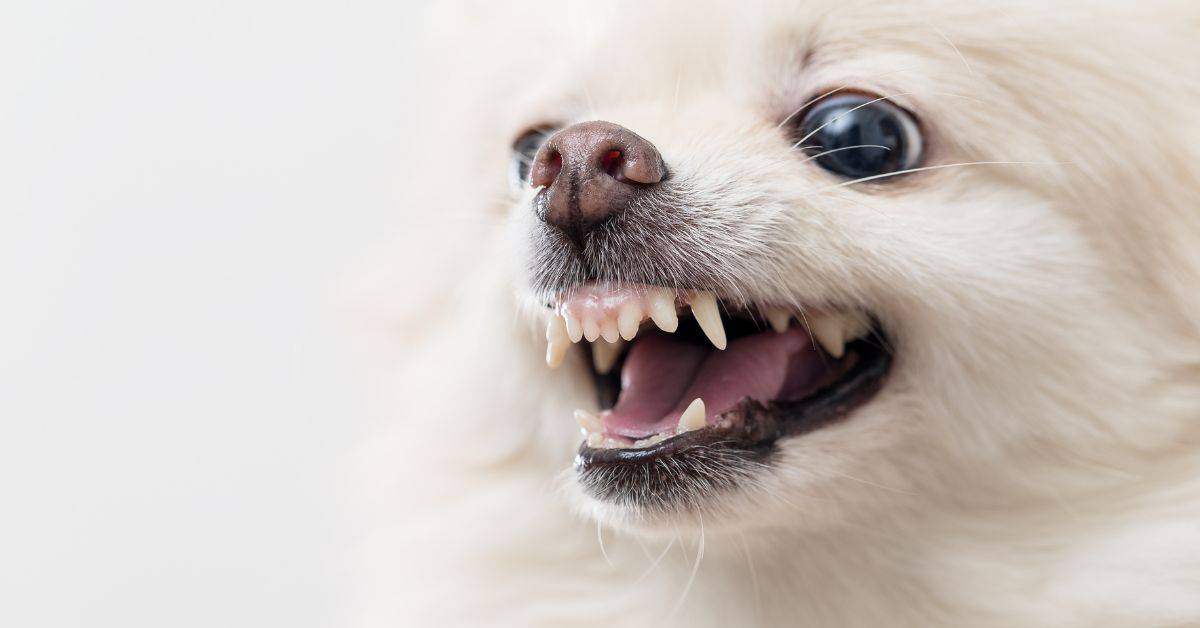Ever wondered why your dog suddenly growls or acts wary around particular individuals or pets?
It’s not random disdain.
Behind those reactions lie a complex blend of instinct, past experiences, and subtle cues.
Dive with us into “why your dog hates certain people or animals” and uncover the intricacies of your dog’s selective behavior, shedding light on the depth of their thought processes.
Canine Instincts And Behavior
The Role Of Senses
Dogs possess heightened senses, with their sense of smell being 10,000 to 100,000 times more sensitive than humans.
This olfactory prowess allows them to pick up pheromones and subtle scents that can inform them about the temperament, health, and emotions of those around them.
Similarly, their acute sense of hearing helps them detect frequencies we can’t, making them more responsive to unseen threats.
Past experiences, especially traumatic ones, can be linked to particular scents or sounds, causing aversions to similar triggers later in life.
Socialization Period
Early socialization is pivotal for a well-adjusted adult dog.
Puppies have a critical window, typically between 3 to 14 weeks, where exposure to varied environments, people, and animals is essential.
Missing out on positive interactions during this period can result in a dog being overly cautious, fearful, or aggressive towards unfamiliar stimuli as they grow.
Psychological Triggers For Aversion
Past Negative Experiences
Just as humans retain memories of traumatic experiences, dogs, too, remember and can associate adverse events with specific individuals or other animals.
A dog that has been mistreated by a person with a distinct smell (like cigarette smoke or a particular perfume) might generalize and show aversion to others with the same scent.
Body Language Reading
Dogs are adept at reading body language.
Unintentional gestures, such as direct eye contact, towering postures, or rapid movements, can be perceived as threats.
Even minute cues like a nervous twitch or anxious pacing can make a dog uneasy.
It’s essential to be aware of our body language and that of others when introducing someone new to your dog.
The Role Of Human Owners
Reinforcing Negative Behaviors
Many dog owners inadvertently reinforce negative behaviors.
Consoling a dog when it growls or acts out of fear can be perceived as praise for the behavior, leading them to repeat it.
It’s crucial for owners to recognize these moments and redirect their pet’s attention or use positive reinforcement to cultivate desired behaviors.
Protective Instincts
Dogs are incredibly attuned to their owners’ emotions.
If you’re anxious around someone, your dog will pick up on that sentiment, potentially viewing the person as a threat.
Over time, this can lead to the dog developing a genuine aversion to that individual, even if the initial apprehension from the owner has long passed.
Overcoming Aversions: Strategies And Tips
Gradual Desensitization
Gradual desensitization is a systematic approach designed to reduce a dog’s sensitivity or reaction to a particular stimulus, be it a person, another animal, or even an object.
This method involves exposing the dog to a subdued version of the stimulus, gradually increasing its intensity over time while ensuring the dog remains calm.
For instance, if a dog fears a specific sound, play it at a very low volume, gradually increasing it as the dog becomes accustomed.
Pairing the stimulus with treats or positive experiences can accelerate the desensitization process.
Patience is key here; progress might be slow, but consistency will yield results.
Positive Reinforcement And Distraction
Harnessing the power of treats, toys, and praise can work wonders in reshaping a dog’s behavior.
When faced with a situation or individual, they’re wary of, distracting your dog with their favorite toy or treat can shift their focus.
Over time, this can condition the dog to associate the previously negative stimulus with positive outcomes.
Introducing them to new, positive experiences related to aversion can also replace negative associations.
For example, if they’re afraid of a certain person, have that individual feed them or play with them, gradually building a positive bond.
When To Seek Professional Help
While many aversions can be addressed through consistent training and patience, some behavioral issues might be deeply rooted and challenging to overcome alone.
Aggression, extreme fear, or behaviors that risk the dog’s or someone else’s safety are serious concerns.
Signs such as unprovoked aggression, excessive hiding, or uncontrollable anxiety indicate a need for professional intervention.
The Role Of Dog Behaviorists
Dog behaviorists, or animal behavior consultants, are trained to understand and address complex canine behaviors.
They offer a deep dive into a dog’s psyche, behavior patterns, and triggers.
Using their expertise, they can provide tailored strategies and exercises to address and rectify behavioral issues.
Seeking their guidance ensures you’re adopting the most effective and safest approach for both you and your dog.
The journey with our canine companions isn’t always smooth.
Navigating their fears and aversions requires understanding, patience, and often a sprinkling of professional guidance.
By taking the time to delve into the psychology behind their behaviors, dog owners can foster an environment of trust and mutual respect.
Remember, every challenge faced together strengthens the bond between human and dog, further solidifying the age-old adage that a dog truly is a human’s best friend.
Before You Go…
You now know why your dogs hate certain people or animals.
If you want to learn more, read the following articles too!
- The Truth Behind What Dogs Trying to Tell You With Random Dog Barks
- 7 Reasons Why Dogs Sniff Everything On Walks
Or watch this video:


